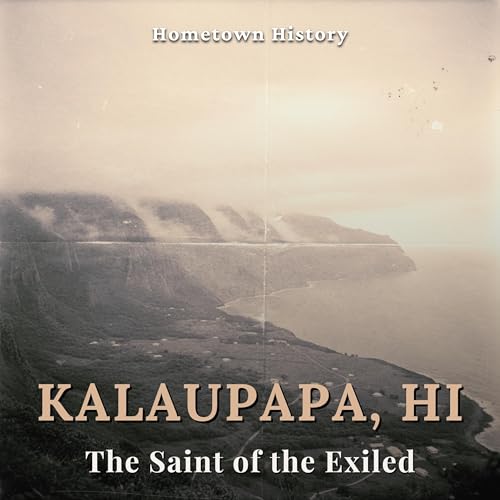On the night of August 1, 1946, hundreds of World War II veterans laid siege to the McMinn County jail in Athens, Tennessee. Armed with rifles, Thompson submachine guns, and dynamite, they surrounded the brick building where corrupt county officials had locked themselves inside with stolen ballot boxes. What followed was six hours of sustained gunfire, three dynamite explosions that flipped police cruisers and collapsed the jail's front porch, and ultimately the surrender of Sheriff Pat Mansfield's deputies. Miraculously, despite the intensity of the firefight, no one was killed.The Battle of Athens represents one of the most dramatic and controversial episodes in American political history—a moment when citizens took up arms against their own government and won the immediate tactical victory. But this episode isn't a simple story of heroic veterans defeating corruption. It's a far more complicated tale about the limits of both legal reform and extralegal action, about democratic institutions failing and violence nearly spawning anarchy, and about how armed rebellion—even successful armed rebellion—rarely produces the lasting change its participants hope for.To understand what happened that August night, you need to understand how McMinn County became what one historian called "the most corrupt county in Tennessee." In 1936, Paul Cantrell rode Franklin Roosevelt's coattails to become sheriff and discovered something profitable: Tennessee sheriffs earned fees per arrest rather than salaries. The system created perverse incentives. Deputies began arresting anyone for anything—driving too slow, driving too fast, spitting on sidewalks, fabricated traffic violations. Travelers passing through on Highway 11 were pulled over and charged arbitrary fines. No receipt, no appeal, just pay or sit in jail. Between 1936 and 1946, these fees collected nearly $300,000 (roughly $5 million in today's dollars).But the corruption ran deeper than predatory policing. Starting in 1940, Cantrell's machine began seizing ballot boxes on election night before votes could be counted publicly. Deputies would lock themselves in the county jail with the ballots and count them in secret. When they emerged hours later—surprise—Cantrell and his candidates always won by comfortable margins. Opposition candidates tried everything: poll watchers (blocked by deputies), legal challenges (dismissed by friendly judges), appeals to state and federal officials (ignored). By 1942, there was no legal path to reform because Cantrell's machine controlled the sheriff's office, the county court, the election commission, and the ballot counting itself.Then World War II ended and 3,000 veterans returned home to find that the corruption had only worsened. Many veterans were targeted immediately—arrested on fabricated charges, beaten by deputies, extorted for their mustering-out pay. By early 1946, a group of veterans decided they had one option left: field their own slate of candidates and ensure their votes were actually counted. They formed the GI Non-Partisan League and nominated Knox Henry, a decorated veteran of the North African campaign, to run against Paul Cantrell for sheriff. Their slogan: "Your Vote Will Be Counted As Cast."On August 1, 1946—Election Day—tensions exploded. Sheriff Mansfield brought in 200-300 armed deputies from out of state to control the polls. By afternoon, GI poll-watchers were being beaten and arrested. At 3:45 PM, an elderly Black farmer named Tom Gillespie was shot in the back by deputy Windy Wise when Gillespie attempted to vote. As polls closed at 4:00 PM, Cantrell's deputies seized the ballot boxes and locked themselves inside the county jail to count votes in secret—exactly as they'd done for a decade.But this time was different. A group of veterans, led by Marine Bill White, broke into the National Guard armory and armed themselves with rifles, ammunition, and Thompson submachine guns. By 9:00 PM, several hundred armed veterans surrounded the jail and demanded the ballot boxes be released. When deputies refused, the veterans opened fire. The battle raged for six hours. Finally, around 2:30 AM, the veterans began throwing dynamite. Three massive explosions shattered the night—one flipped Sheriff Mansfield's cruiser upside down, another collapsed the jail's front porch. At 2:50 AM, the deputies inside surrendered and handed over the ballot boxes.The immediate aftermath nearly descended into mob violence. Crowds gathered, some seeking revenge against deputies who had brutalized them for years. Police cars were overturned and set ablaze. Several deputies were beaten. Veteran leaders worked through the night to restore order. By dawn, Athens was quiet. The ballot boxes were counted under veteran supervision, and the results were clear: Knox Henry and the GI candidates had won by two-to-one margins. The people had finally voted—and this time, their votes had been counted.But here's the ...
Show More
Show Less
 13 mins
13 mins 22 mins
22 mins 22 mins
22 mins 30 mins
30 mins 11 mins
11 mins 17 mins
17 mins 35 mins
35 mins 55 mins
55 mins

